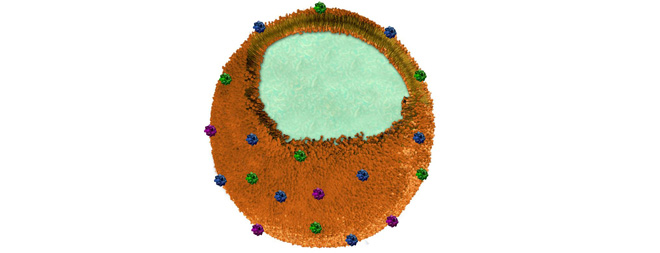
Image credit: Zhang Research Lab
An army of microscopic sponges may someday save your life. Scientists have created tiny, spherical particles — called nanosponges — that can soak up harmful toxins found in some venoms and bacteria.
The nanosponges can sop up a particular variety of toxins that injure red blood cells, researchers from the University of California, San Diego reported earlier this month in the journal Nature Nanotechnology.
Nanosponges target toxins that “can essentially organize themselves to poke a hole inside [red blood] cell membranes,” said Jack Che-Ming Hu, a post-doctoral researcher at the University of California, San Diego and the lead author on the study. “That leads to cell damage and cell death.”
These toxins create punctures, causing red blood cells to pop. Bits of toxin-loaded membrane from the busted-open cell can float off into the bloodstream to assault more cells, making the infected person sick and, in serious conditions, can cause death.
Many bacteria that pose major health concerns, like E. coli, MRSA, and some bacteria that cause pneumonia, release toxins that use this tactic. Also venom from animals including bees, snakes, and sea anemones can riddle a red blood cell with pores.
